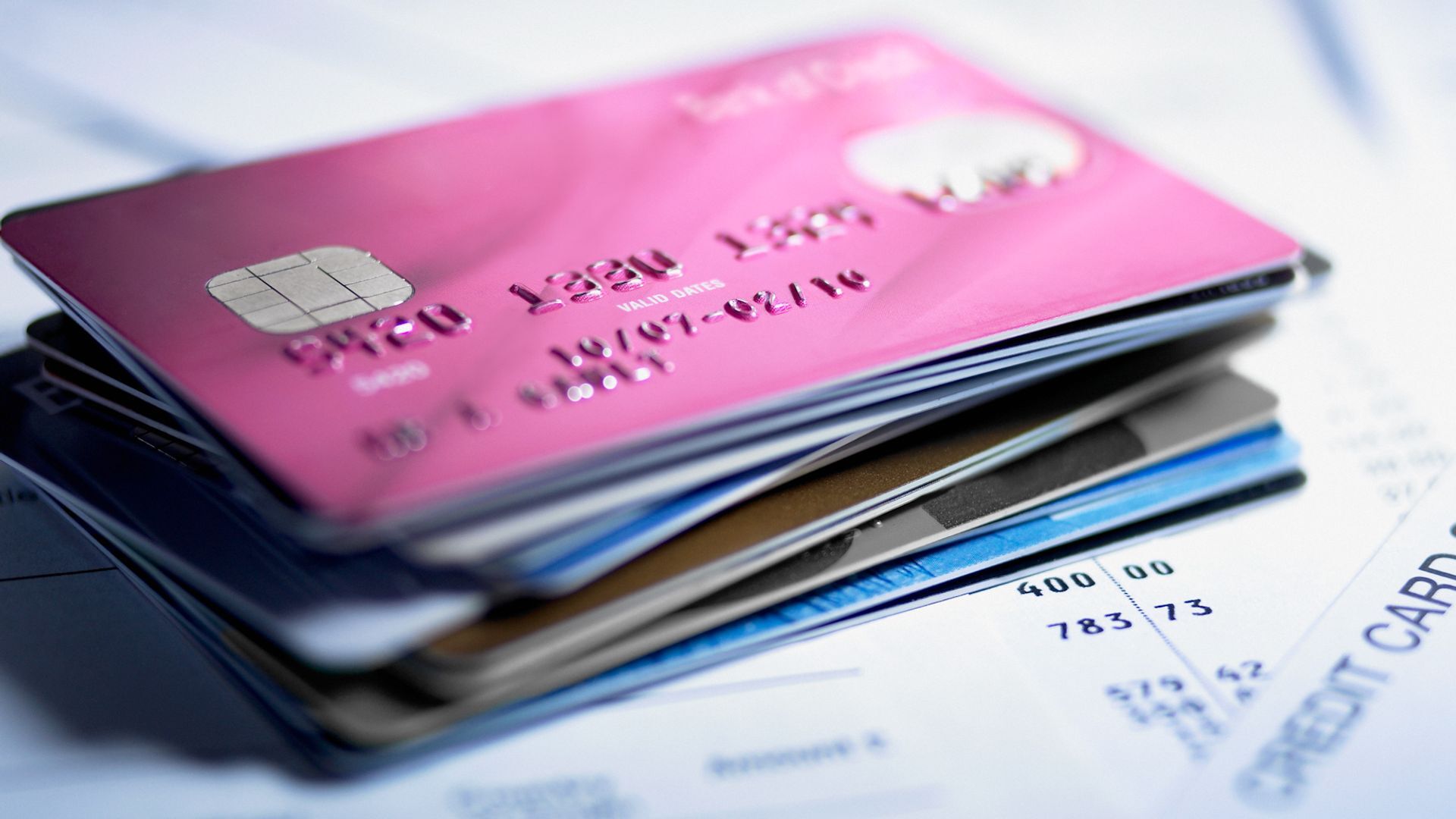
THE FEDS WAY TO LOWER INFLATION? WAS TO RAISE INTEREST RATES.
BUT AFTER 11 RATE HIKES –
IT’S MADE MANAGING CREDIT CARD DEBT – **UNMANAGEABLE FOR MANY AMERICANS.
ACCORDING TO A NEW YORK FEDERAL RESERVE REPORT –
CREDIT CARD DEBT CONTINUES TO REACH RECORD HIGHS.
THE LATEST DATA FINDING AMERICANS COLLECTIVELY OWE MORE THAN 1.1 TRILLION DOLLARS ON THEIR CREDIT CARDS.
BALANCES ROSE BY 27 BILLION DOLLARS IN THE SECOND QUARTER OF THIS YEAR ALONE.
AND THAT’S A NEAR 6 PERCENT JUMP FROM JUST LAST YEAR.
CREDIT CARDS HAVE BECOME ONE OF THE MOST EXPENSIVE WAYS TO BORROW MONEY.
SINCE CREDIT CARDS HAVE WHAT’S CALLED “A VARIABLE RATE” –
THAT MEANS THERE’S A DIRECT CONNECTION TO THE FEDERAL RESERVE’S INTEREST RATE HIKES.
PEOPLE ARE PAYING MORE THAN 20% INTEREST ON TOP OF THEIR PAYMENTS.
HERE’S WHAT THAT LOOKS LIKE FOR YOUR AVERAGE AMERICAN.
WITH AN ANNUAL PERCENTAGE RATE OF 20 PERCENT –
IF YOU MADE **MINIMUM MONTHLY PAYMENTS** TOWARD THE “AVERAGE CREDIT CARD BALANCE” OF 6,218 DOLLARS –
THEN IT WOULD TAKE YOU 18 YEARS TO PAY OFF THAT DEBT.
THIS MAKES THE HISTORICALLY HIGH LEVELS OF CREDIT CARD DEBIT –
NOT EASY TO GET OUT FROM UNDER.
WHEN YOU LOOK AT TACKING ON OTHER DEBT OUTSIDE OF JUST CREDIT CARD BALANCES –
TOTAL HOUSEHOLD DEBT – HAS GROWN ABOVE 17.8 TRILLION DOLLARS.
HEY THANKS FOR WATCHING OUR NEWS UPDATE.
FOR MORE CONSUMER NEWS THAT MATTERS TO YOU –
DOWNLOAD THE STRAIGHT ARROW NEWS MOBILE APP.









